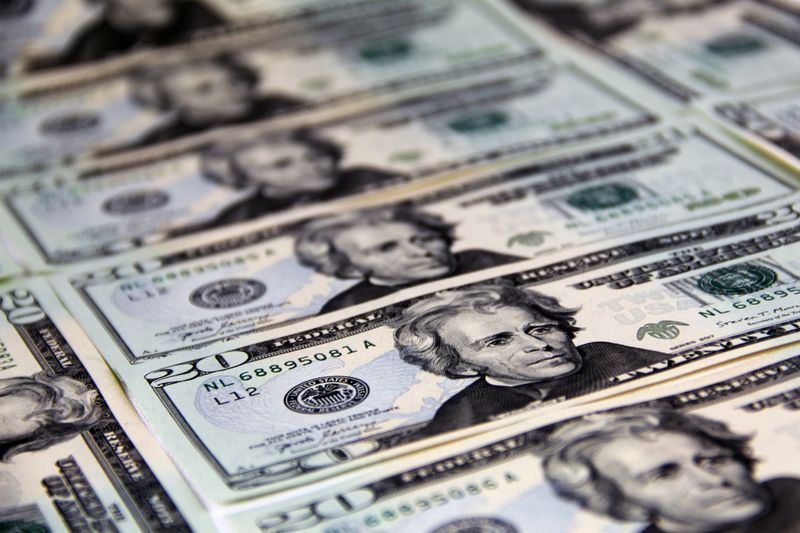US Federal Reserve Considers Pausing Interest Rate Hikes: Assessing the Impact on the Economy
Introduction
The US Federal Reserve has announced its intention to pause its ongoing campaign of interest rate hikes, citing the need to assess the effects of previous rate increases on the economy. While the decision to skip a rate hike during this meeting was unanimous, the central bank has indicated that there may be additional rate hikes later in the year. The Fed’s post-meeting statement emphasized the importance of evaluating new information and its implications for monetary policy before making further decisions.
Evaluating the Pause
Many Fed officials believe that the pause in rate hikes represents a prudent move. Since March 2022, the central bank has raised its benchmark interest rate ten times consecutively, aiming to cool down the US economy and tackle inflation that remains above the Fed’s target. However, despite the temporary halt, most officials still anticipate that additional rate hikes will be necessary throughout the year.
Philosophical Discussion: Balancing Stability and Growth
This situation highlights an important philosophical debate within the Federal Reserve regarding the delicate balance between economic stability and growth. On one hand, pausing rate hikes allows for a careful evaluation of the impact of previous rate increases on the economy. This cautious approach reflects a desire to avoid tightening too quickly and potentially stifling economic growth.
On the other hand, some officials argue that further rate hikes are necessary to combat inflation and prevent any overheating of the economy. They believe that a tight labor market, solid wage gains, and upward pressure on prices necessitate continued tightening of monetary policy. These officials view the labor market as a persistent source of inflation that must rebalance in order to achieve the Fed’s 2% inflation target.
Assessing Economic Indicators
The Federal Reserve’s future policy decisions will depend on the outcome of various economic indicators in the coming weeks and months. One crucial factor is the state of the job market, which has remained resilient with solid payroll growth and wage gains. However, there are concerns that tighter credit conditions and lingering stress in the regional banking sector could weigh on economic activity, hiring, and inflation.
Furthermore, economists predict that Americans will soon reduce their purchases of goods as they shift towards spending on services. This adjustment may be influenced by tightening credit conditions and the mounting debt that US consumers have accumulated in recent months.
Editorial: The Uncertainty of Credit Conditions
The uncertainty surrounding credit conditions is a key area of concern that the Federal Reserve must monitor closely. If access to credit becomes more difficult for households and businesses, it could significantly impact economic activity, hiring, and inflation. The potential effects of tighter credit conditions on the overall economy remain uncertain, and policymakers must carefully evaluate the risks associated with this factor.
Future Projections
The Federal Reserve projects that the Personal Consumption Expenditures price index will slightly exceed the central bank’s 2% target in 2024. However, it is not expected to fully reach 2% until 2025. These projections highlight the challenges facing the central bank in achieving its inflation target and ensuring price stability within the economy.
Advice: Prudent Action and Flexibility
In light of the current economic landscape, the Federal Reserve reaffirms the need for a cautious and prudent approach to monetary policy. With uncertainties surrounding the labor market, credit conditions, and inflation, policymakers must remain flexible and open to adjusting their strategies as new information becomes available.
Conclusion
The Federal Reserve’s decision to pause its rate hike campaign reflects the need for careful evaluation of the economy’s response to previous increases. While the central bank anticipates further rate hikes in the future, policymakers acknowledge the importance of assessing economic indicators and potential risks. Balancing the desire for stability and growth will require continuous monitoring and adaptation to ensure the long-term health of the US economy.

<< photo by John Guccione www.advergroup.com >>
The image is for illustrative purposes only and does not depict the actual situation.




